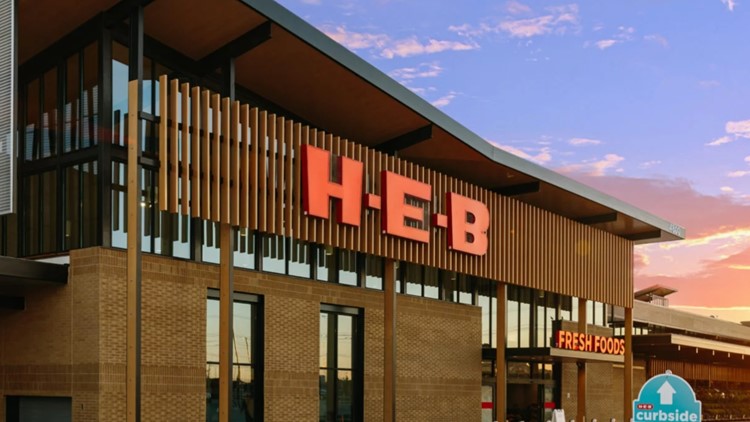DALLAS — Read this story and more North Texas business news from our content partners at the Dallas Business Journal
Competition for retail space in Dallas-Fort Worth remains at a fever pitch — occupancy was 95.2% across the Metroplex at the midway point of 2024, according to a new report from Weitzman.
In 2023, annual retail occupancy surpassed 95% for the first time in DFW and it has remained there this year, thanks in part to continued population growth and sustained demand for brick-and-mortar storefronts.
"It’s a testament to balanced market fundamentals that we continue this record occupancy in 2024," Herb Weitzman, executive chairman of Weitzman, said in a statement.
A major difference in 2024, according to the report, is the prominence of grocery stores. Grocers are fueling the majority of new retail projects as they rush to meet the needs of a booming population, particularly in Denton and Collin counties. Celina, which straddles both counties, grew faster than any other U.S. city its size from 2022 to 2023, according to the latest U.S. Census Bureau data.
These market conditions are powering a development wave. About 1.9 million square feet of new construction will be delivered this year, according to Weitzman, which would be the highest level since 2018, when 3.5 million square feet were delivered.
The wave can be seen in the aggressive growth of Texas grocery chain H-E-B LP, which has 12 stores open in DFW and a 13th scheduled to debut in August in Frisco. At least five more on the way.
Chains with a longtime presence in DFW are also adding stores, such as Tom Thumb and Kroger.
Plus, big-box retail chains that also feature groceries like Walmart, Target and Costco are expanding. Costco has begun work on a new store in Prosper that should open this fall and plans to open in the growing city of Forney. Walmart has adopted an express delivery option for customers and recently launched on-demand early morning delivery likely to compete with the likes of Amazon.
Bob Young, managing director at Weitzman, said 2025 and 2026 will likely go down as the "years of the grocer."
"There is certainly room for additional grocers all across the Metroplex," he said.
Meanwhile, specialty grocery chains including Sprouts, H Mart and Trader Joe's are also making waves, with some backfilling existing real estate. Joe V’s Smart Shop, H-E-B’s value-focused subsidiary, opened in June at 4101 Wheatland Road in Dallas — a space that was once an Albertsons grocery store.
While it may seem counterintuitive, new grocery stores often do not encourage additional retail development nearby, according to Weitzman. Consider that a new H-E-B typically has its own barbecue restaurant, not to mention a pharmacy and deli.
"When a grocer goes and builds a new grocery location ... whatever they build benefits them and there isn't a lot of extra retail real estate that's built," Young said.
Weitzman analysts also said that neighborhood centers and entertainment will drive retail development in 2024. Pickleball concepts are on the rise, such as Playkout and Chicken N Pickle. The craze for the social sport, which gained momentum during the pandemic, does not appear to be fading.
Streaming giant Netflix earlier this year announced that Netflix House, an "experiential entertainment venue," was coming to Galleria Dallas.
In all, retail accounts for about 201 million square feet in DFW, according to Weitzman, which looks at retail centers of 25,000 square feet or more.
But retail construction remains on the "conservative side," according to Weitzman analysts. That means many store owners are getting creative with second-generation retail space. Home improvement stores, discount department stores, bookstores, dollar stores and dine-in cinemas are also filling vacancies.



